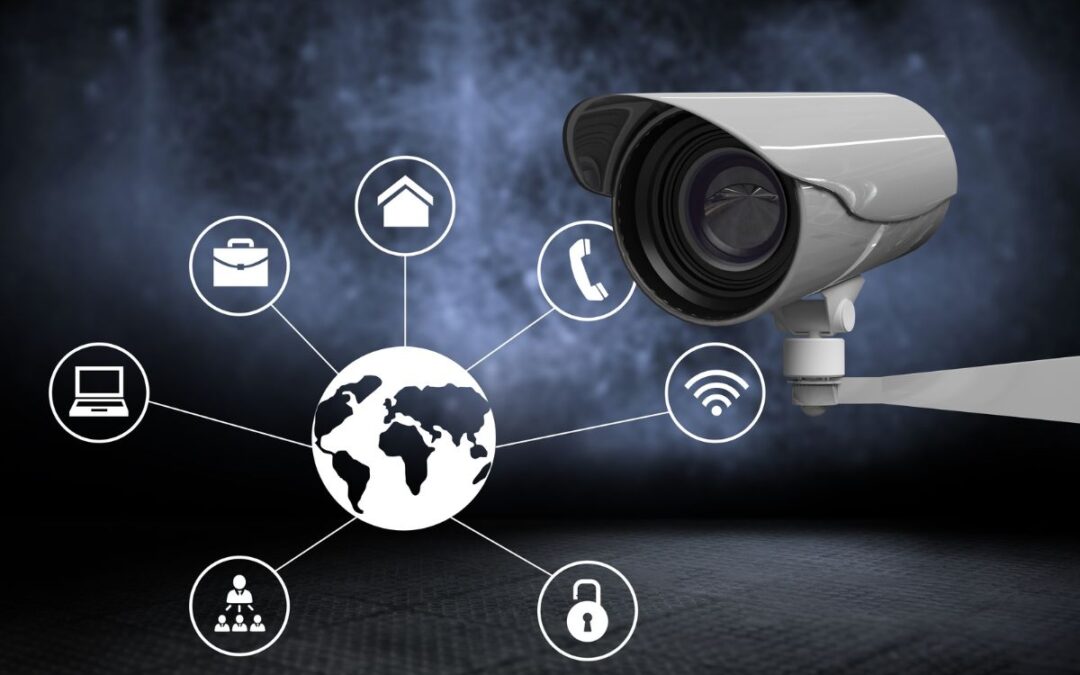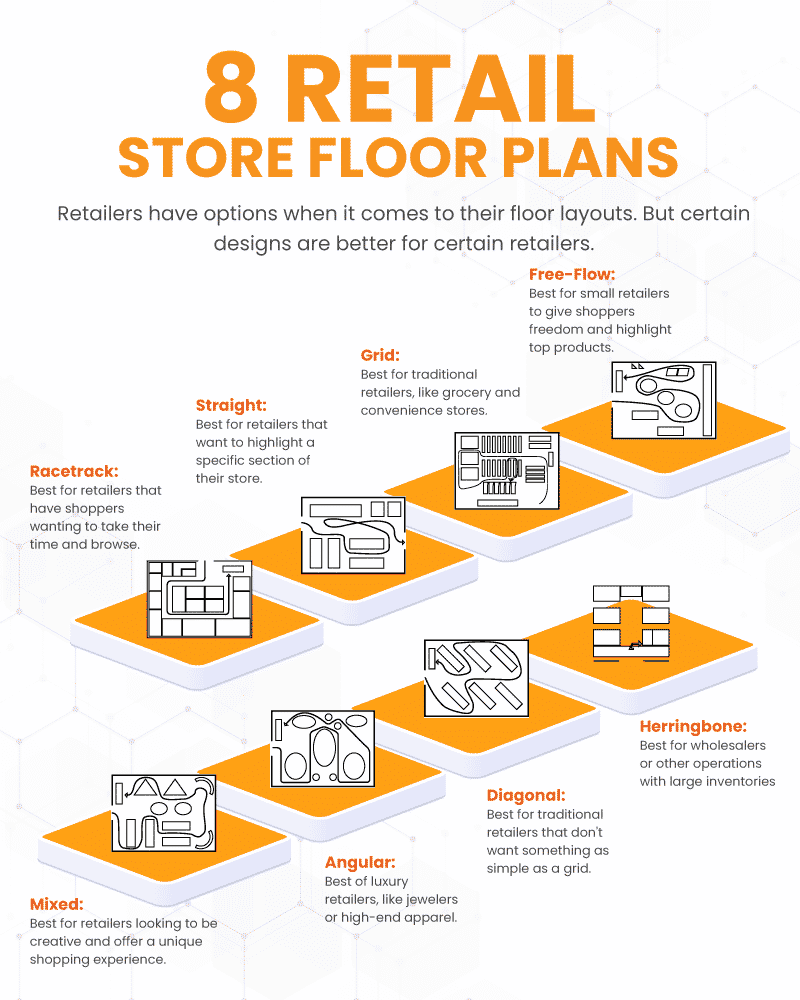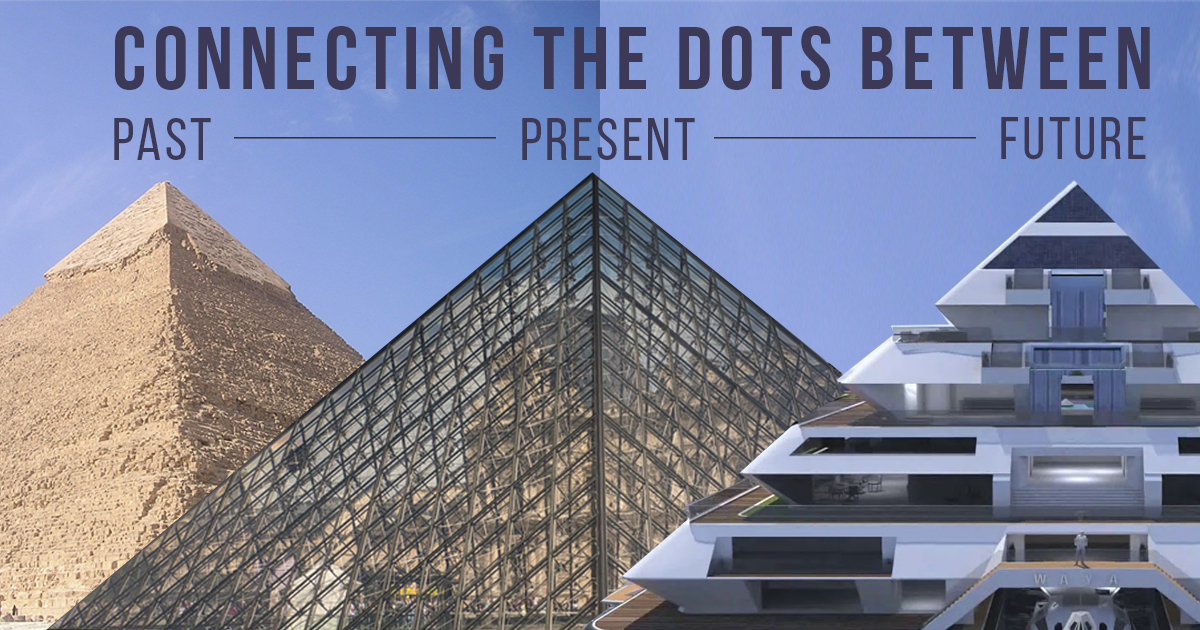In today’s fast-moving business environment, security is no longer a luxury—it’s a necessity. From retail shops to corporate offices, companies are investing heavily in technology to safeguard assets, protect staff, and reassure customers. Among the various security measures, surveillance systems stand out as one of the most effective deterrents against theft, vandalism, and other risks.
The Changing Nature of Workplace Security
The workplace has evolved dramatically in recent years, and with it, the threats businesses face. Remote working, flexible hours, and a rise in customer-facing service models all mean that businesses must be vigilant around the clock. Modern surveillance is not just about capturing incidents—it’s about proactive monitoring and prevention.
Advances in artificial intelligence (AI), motion detection, and cloud connectivity mean that today’s systems can do far more than simply record footage. They can recognise unusual behaviour, send alerts in real time, and integrate seamlessly with broader security networks. This shift towards intelligent surveillance has made it possible for businesses of all sizes to create safer environments without the need for large security teams.
Why Visual Security Still Matters
Despite the growth of digital security threats such as cybercrime, physical security continues to play a vital role. A business may invest in firewalls and encryption, but if its premises are left vulnerable, the risk remains high. Surveillance systems help bridge this gap by offering both a physical deterrent and a source of evidence should incidents occur.
Research shows that visible surveillance dramatically reduces opportunistic crime. Thieves and vandals are far less likely to target premises with well-placed cameras and signage. Moreover, customers and staff alike feel safer when they know their environment is being monitored responsibly.
Choosing the Right System
Selecting a surveillance system is not a one-size-fits-all decision. Businesses must weigh their priorities:
- Coverage – How much of the premises needs monitoring?
- Clarity – Is high-resolution recording important for identification purposes?
- Integration – Should the system link with access controls or alarms?
- Remote Access – Is mobile viewing required for managers or owners?
The answers vary depending on whether the business is a small café, a warehouse, or a corporate office. Budget considerations also come into play, but with so many scalable options available, it’s possible to find systems that fit different financial constraints.
The Role of Professional Installation
While DIY solutions exist, professional installation offers peace of mind. Trained experts know how to position cameras for maximum coverage, avoid blind spots, and integrate hardware with monitoring platforms. They also provide ongoing maintenance, ensuring the system remains reliable when it’s needed most.
Furthermore, professional providers often stay up to date with legal compliance, including data protection regulations. Businesses must balance security with privacy, and professional guidance helps them remain compliant while still achieving robust protection.
Beyond Protection: Business Insights
Surveillance isn’t just about security—it can also provide valuable insights into how a business operates. Footfall analysis, customer behaviour tracking, and employee movement monitoring (within ethical limits) can all contribute to improved efficiency. By examining these patterns, businesses can refine store layouts, optimise staff deployment, and even enhance customer service.
A Practical Example
Many businesses looking for reliable coverage invest in commercial CCTV camera systems that combine durability with high-quality recording. These setups are designed to withstand demanding environments such as warehouses, retail floors, or outdoor sites, while still delivering the clarity needed for identification and evidence gathering. For companies, the decision often comes down to balancing cost with long-term reliability, making professional-grade solutions a preferred choice.
Future Trends in Surveillance
The future of surveillance is increasingly connected. Integration with smart building technology, facial recognition software, and cloud-based analytics are already shaping the industry. We can expect systems to become even more automated, offering predictive alerts rather than just reactive recordings.
AI will continue to enhance recognition accuracy, while cybersecurity protections will ensure data is kept safe from digital threats. For businesses, this means surveillance systems will evolve into multifunctional tools, not only securing assets but also supporting strategic decision-making.
Final Thoughts
Strong security is about foresight, not reaction. Businesses that invest in modern surveillance systems position themselves ahead of potential threats and gain the additional benefit of operational insights. With technology advancing rapidly, the opportunity is there to build safer, smarter, and more efficient workplaces.
Surveillance may once have been about simply “watching,” but today it’s about enabling businesses to thrive in an environment where risks are ever-present. By choosing the right solutions, companies can create a security foundation that supports growth and builds trust with staff and customers alike.




